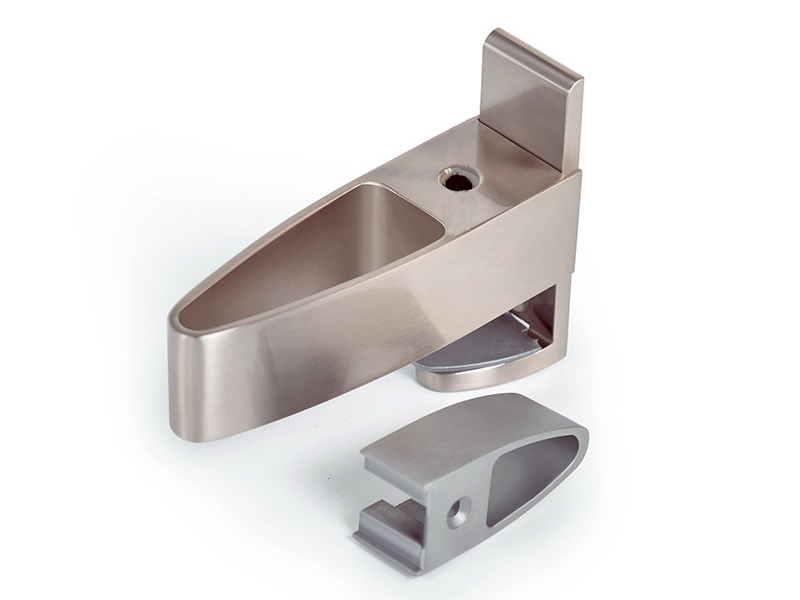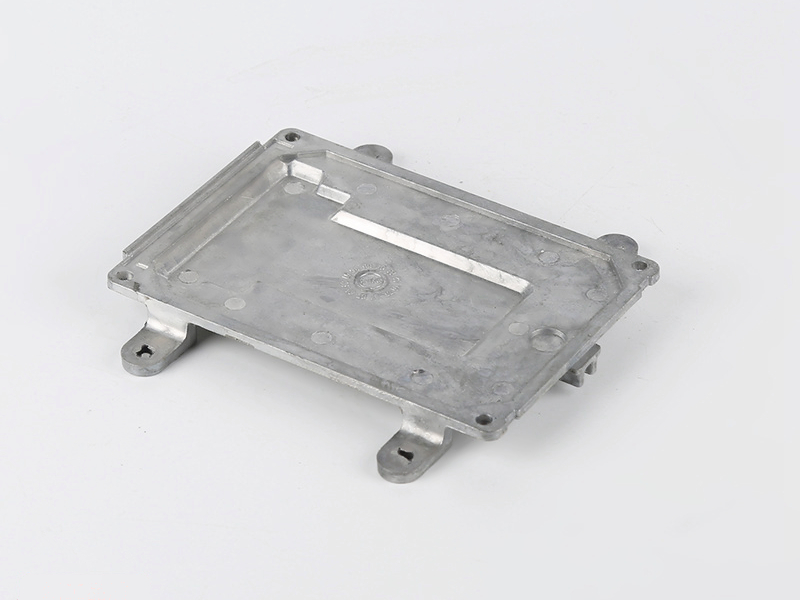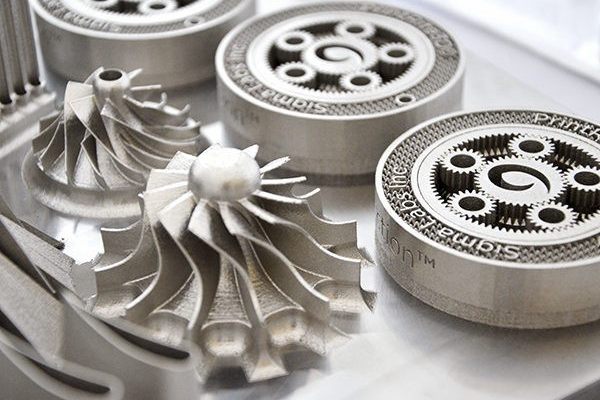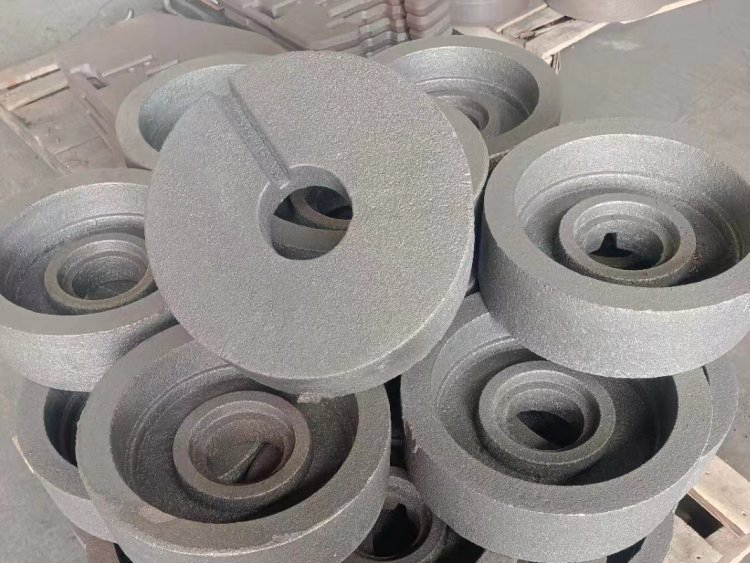Cost-Effective Zinc Die Casting for Complex Industrial Machinery Parts
Industrial machinery demands dimensionally stable components, structurally sound, and precisely engineered to handle dynamic loads and long operational lifespans. Many such parts feature complex geometries, functional surfaces, and tight tolerances that make traditional fabrication expensive or slow. Zinc die casting, especially using Zamak alloys, offers a scalable, economical alternative for manufacturing intricate, high-performance industrial parts.
At Neway, we specialize in zinc alloy die casting for industrial clients. Our components deliver consistent mechanical performance, high surface integrity, and dimensional reliability for use in actuators, motors, brackets, gears, and more.
Why Zinc Die Casting Suits Industrial Machinery Applications
Zinc alloys such as Zamak 3, 5, and 2 combine high mechanical strength with superior castability and tooling longevity. They support the production of parts with integrated features such as mounting bosses, undercuts, heat sink fins, and internal cavities—all while maintaining precise tolerances and excellent surface finishes.
Key Performance Benefits
Tensile strength of up to 425 MPa (Zamak 2)
General tolerances: ±0.05 mm; critical dimensions: ±0.02 mm
Excellent formability for parts with wall thicknesses down to 0.8 mm
Vibration-dampening and wear-resistant under repetitive stress
Minimal post-processing thanks to as-cast surface quality (Ra ≤ 1.6 µm)
Ideal for high-volume production with cycle times of 20–45 seconds per shot
Zinc's higher density (~6.6 g/cm³) provides parts with a solid, premium feel and superior mechanical damping—ideal for reducing vibration and stress in moving machinery.
Typical Industrial Applications for Zinc Die Cast Components
Zamak components are used across a broad range of industrial machinery and mechanical systems due to their combination of strength, precision, and manufacturability.
Component Type | Examples | Key Requirements |
|---|---|---|
Enclosures and Covers | Gearboxes, drive modules, control housings | Thermal management, ingress protection, rigidity |
Mounting Brackets | Frame supports, guides, alignment fixtures | Flatness, hole accuracy, vibration resistance |
Actuator Components | Cam housings, push rods, motor caps | Torque transfer, concentricity, fatigue strength |
Mechanical Linkages | Clutches, hinges, pivot levers | Wear resistance, dimensional consistency, hard coatings |
Valve and Pump Housings | Fluid and pneumatic system bodies | Sealing geometry, pressure handling, corrosion resistance |
Zamak Alloys Used in Industrial Casting
Neway offers several Zamak alloys compliant with ASTM B86 and ISO 301 standards, selected based on mechanical strength, formability, and surface quality.
Alloy | Tensile Strength (MPa) | Elongation (%) | Characteristics | Best For |
|---|---|---|---|---|
Zamak 3 | 270–280 | ~10 | Stable dimensions, good corrosion resistance | General-purpose components and enclosures |
Zamak 5 | 380–400 | ~7 | Stronger and slightly harder than Zamak 3 | Load-bearing mounts, moving parts |
Zamak 2 | 410–425 | ~3 | Highest strength, lowest elongation | High-load housings, cam and gear housings |
Zamak 5 is the most common choice for industrial uses, balancing strength with good castability and moderate elongation.
Precision and Tolerancing
Even small dimensional shifts can cause alignment errors, increased wear, or system inefficiencies in precision industrial environments. Zinc die casting supports reliable tolerancing for parts used in high-performance assemblies.
Wall thickness range: 1.0–4.5 mm standard
Hole location tolerance: ±0.02 mm
Flatness over 150 mm: ≤0.05 mm
Post-machinable surfaces with Ra ≤ 1.2 µm
Porosity control: <0.5% validated by vacuum or X-ray inspection
Neway’s metrology suite includes automated CMM inspection and SPC tracking for consistent tolerance control.
Surface Treatments for Protection and Functionality
Industrial parts often operate in demanding environments that include vibration, temperature cycling, chemical exposure, and moisture. Neway provides full in-house post-processing to enhance performance and longevity:
Electroplating: nickel or zinc plating for corrosion and wear resistance
Powder coating: 60–100 µm industrial finishes compliant with ISO 2409
Painting: color-coding for process control, brand ID, or safety labels
Anodizing: suitable for hybrid aluminum-zinc assemblies
Assembly: integration of press-fits, seals, shafts, or fasteners
All finishes comply with RoHS and REACH regulations and are tested under ASTM B117 salt spray and ASTM D3359 adhesion protocols.
Tooling and Production Efficiency
Neway’s in-house tool and die making and mass production capability ensure low-cost, scalable zinc die casting solutions.
Die material: H13 tool steel, hardened and coated for high-wear performance
Tool life: 250,000 to 500,000 cycles for Zamak alloys
Lead time: 4–6 weeks with full DFM and mold flow simulation
Rapid prototyping for tooling feasibility and fit testing
Cycle time: 20–45 seconds per casting, depending on complexity
Multi-cavity dies, robotic part ejection, and trimming automation are implemented for high throughput and reduced labor costs.
Case Study: Multi-Feature Gear Housing for Automation Drive
A European OEM needed a lightweight, multi-port housing for a compact automation gearbox. Key specs included:
Weight ≤ 1.5 kg
Wall thickness between 1.5–3.0 mm
Concentricity tolerance: ≤0.03 mm across dual bearing seats
Ra ≤ 1.4 µm on sealing surfaces
96-hour salt spray durability
Neway selected Zamak 5 for strength and formability. A 4-slide mold was built for complex undercuts and cable pathways. After casting, CNC machining was applied to bearing bores, followed by nickel plating. Dimensional and corrosion performance met customer targets, and the product entered mass production in under 7 weeks.
Why Industrial OEMs Choose Neway
Neway delivers die cast solutions tailored to the needs of industrial manufacturing:
ISO 9001:2015-certified production with batch traceability
High-precision castings for dynamic, load-bearing, or sealing functions
Integrated finishing, machining, and assembly
On-time delivery and consistent quality across global supply chains
Flexible engineering collaboration to reduce cost and part complexity
Whether for automation systems, construction equipment, or mechanical subassemblies, we support your production goals with scalable, high-strength zinc castings.
Conclusion
Zinc die casting, particularly with Zamak alloys, provides an efficient and reliable method for producing complex, high-performance parts used in industrial machinery. At Neway, we combine advanced tooling, dimensional precision, and corrosion-resistant finishing to manufacture parts that exceed the mechanical and economic expectations of OEMs and equipment manufacturers worldwide.
To get started with your industrial die casting project, contact Neway for expert consultation and a detailed quote.




